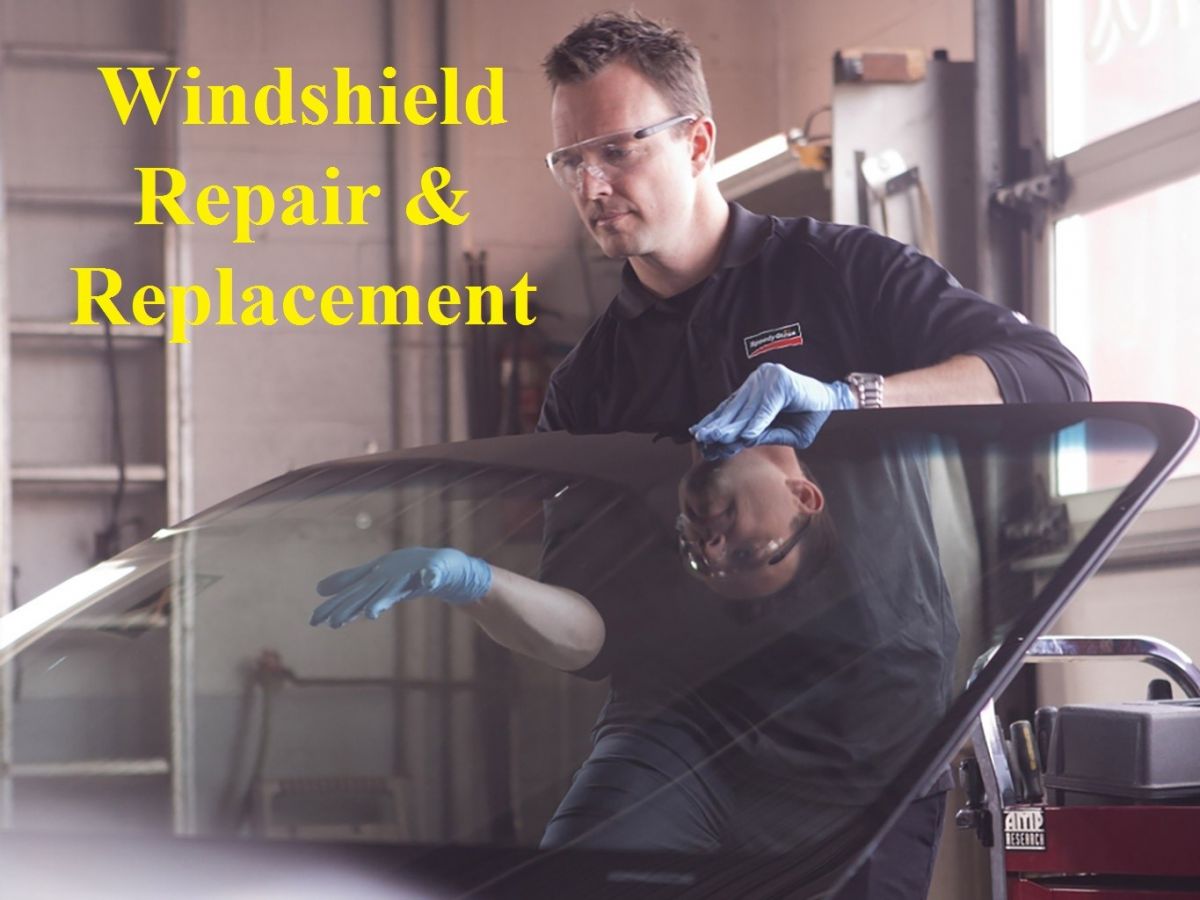The car’s windshield is just like a safety device for the persons who travel in the vehicle. In addition to its main role of protecting vehicle inhabitants from wind, water, and debris, a windshield can help to reduce crash injuries and could even save the life of the driver and the person who is traveling with him.
During an accident, the windshield averts most outside objects from penetrating into the vehicle inland. In most of the cars, this shield also plays a critical role in front passenger airbag deployment. So finally, the windshield / rear window supports the vehicle roof in a rollover to help prevent it from disintegrating.
A broken windshield can compromise motorist vision in addition to the safety features. It is imperative to check the windshield and other glass that cause many problems on a regular basis. If the car windshield is cracked or damaged in any way so an auto glass specialist should be arranged for repair or replacement. Few points should be kept in mind for this process which includes:
Get rid of your old car today: The Car Wreckers
Assessment and Cleaning:
It is very important to keep windshields and other glass clean, try to use non-ammonia cleaners and soft cotton or microfiber towels that easily remove the dirt and grime without causing streaks. Here are a few tips on what to look for performing an auto glass inspection:
- Properly check the glass, inside and out, for marks and cracks. Minor “star” or rock chips, and small cracks, possible to repair. Any noteworthy damage required windshield replacement.
- Tiny micro-pits reduce the vision when illuminated by oncoming headlights, or rising/setting sun. The only practical fix for a badly pitted windshield is to replace this.
- Inspect the borders of the glass for damage to surrounding bodywork. Any problems that affect the seal of the glass to the body can make it weak structural integrity and need to repair.
- Rubber windshield wiper blades should be soft, pliable and clear water from the glass in a single attempt.
Windshield Repair:
The size and place of a chip or crack determine whether it is suitable for repair. Chips smaller than a quarter and cracks less than a few inches long are usually repairable. Some states do not allow glass repairs in areas that are straightly in the driver’s line of sight because even small fixes create deformation that can affect visibility and safety.
Glass specialists also advise replacing any windshield that has a crack extending from the edge. These types of cracks tend to extend quickly and easily, making it likely that a repair will be vain.
The windshield repairing process for chips and cracks includes injecting a polymer resin into the dented area, allowing it to dry and then even the surface to make the defect nearly invisible.
The result depends on the quality of the tools and resins and the skill of the technician doing the work. Glass repair tool kits are available from many sources, but the job may be improved left to an expert. Professional auto glass technicians are well equipped with more-sophisticated tools and advanced resins that help to make certain a satisfactory repair.
Windshield Replacement:
During the replacement of a windshield, the use of the proper materials and techniques is critical to vehicle safety. Windshield substitution is covered under the complete portion of auto insurance policies, less any applicable deductible. In a few states, insurance companies are required to waive the deductible for windshield replacement. This supports driving safety by allowing drivers to have damaged glass replaced promptly by an auto glass specialist at no cost.
Price and other contemplation:
Without insurance coverage, windshield substitution costs vary by location, vehicle make and model, and type of glass used. Auto dealers use factory surrogate glass, but individual glass installers typically use aftermarket windshields that often come from the factory supplier.
Be aware of cut-rate installers with lowball prices. Few of them use low-quality glass that may not meet all of the original equipment standards. For example, some haggle windshields have optical distortion that can be distracting to a driver.
After the process completed, check the work. Make sure the glass is reddening with the body and check for proper centering. The gap between the glass and the car body should be consistent across the top and down both sides. If molding is used it must be lying flat and even all the way around the glass with no visible bumps or hole.
